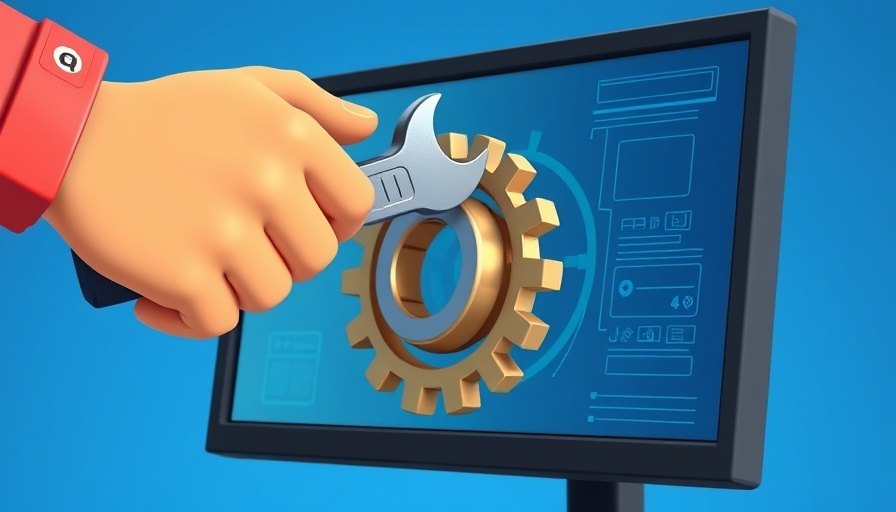
Unveiling CodexCLI: A New Era for Developers
OpenAI's CodexCLI is set to revolutionize the landscape of DevOps with its AI-powered capabilities. Following the advancements made in AI technology, particularly in natural language processing, CodexCLI brings a new dimension to terminal integration. This innovative tool allows developers to interact with their command line using natural language commands, bridging the gap between human intent and machine logic.
The Promise of AI-Driven Development
In a field as fast-paced as Agile DevOps, the ability to increase efficiency while minimizing errors is crucial. CodexCLI leverages OpenAI's powerful coding models to intuitively interpret commands, streamline workflows, and enhance overall productivity. By automating repetitive tasks, developers can allocate more time towards creative problem-solving and strategic thinking, which is the hallmark of successful software development.
Integration with Existing Processes: A Practical Insight
One of the striking features of CodexCLI is its seamless integration with existing development environments. Whether it’s DevSecOps practices or standard Agile workflows, CodexCLI enhances productivity without disrupting ongoing processes. Developers can easily incorporate AI assistance into their toolset, fostering a collaborative environment between human expertise and machine precision.
How AI is Reshaping Collaboration in Development Teams
Modern software development thrives on teamwork. CodexCLI promotes a new level of collaboration by providing a shared language for teams. It enables team members to communicate commands and changes intelligibly, reducing the dependency on extensive documentation and speeding up the onboarding process for new developers. This collaborative spirit not only enhances productivity but also fosters innovation within teams.
Future Predictions: The Evolution of DevOps with AI
The potential of AI-driven tools like CodexCLI extends beyond mere assistance. As these technologies evolve, we predict that they will become indispensable in predicting errors before they arise, optimizing workflows, and even customizing environments based on individual developer preferences. This evolution will inevitably lead to smarter, more adaptive systems that can cater to the evolving needs of development teams.
Common Misconceptions About AI in Development
Despite the excitement surrounding AI, a few misconceptions persist. One prevalent misunderstanding is that AI tools will replace developers. In fact, tools like CodexCLI aim to augment rather than replace human intellect. The focus remains on enhancing human capabilities, allowing developers to work faster and smarter while retaining their critical problem-solving roles.
Key Takeaways for Developers Embracing AI
- Stay Updated: As innovation accelerates, staying informed about emerging tools like CodexCLI is vital.
- Focus on Collaboration: Emphasize teamwork and communal knowledge-sharing to maximize the benefits of AI.
- Embrace Change: Adapt to new workflows and integrate AI into daily tasks for continuous improvement.
As OpenAI's CodexCLI continues to unfold its capabilities, developers stand at the forefront of a transformative moment in DevOps. With the integration of AI, the future of software development looks promising and filled with opportunities. Leveraging these tools could be your next big step towards becoming a more efficient and innovative developer.
 Add Row
Add Row  Add
Add 




Write A Comment